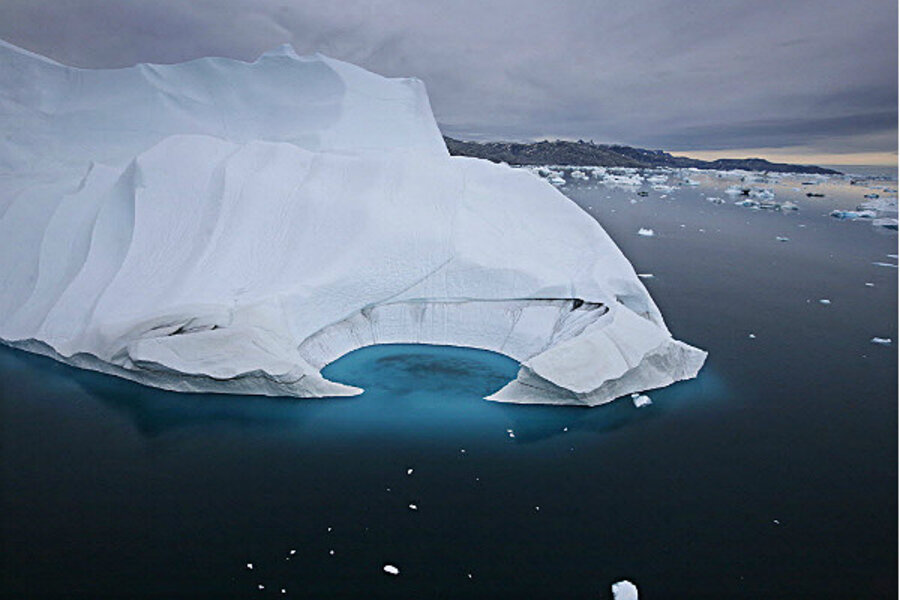Huge iceberg breaks off from glacier in north Greenland, just as predicted
Loading...
| Washington
An iceberg twice the size of Manhattan tore off one of Greenland's largest glaciers.
For several years, scientists had been watching a long crack in the floating ice shelf of the northerly Petermann Glacier. On Monday, NASA satellites showed it had broken completely, forming an iceberg covering 46 square miles (120 sq. kilometers).
The same glacier spawned an iceberg twice that size two years ago.
Researchers suspect global warming is to blame, but cannot prove it conclusively yet. Many of Greenland's southern glaciers have been melting at an unusually rapid pace. Government scientist Ted Scambos says this break brings large ice loss much farther north.
Scientists also reported that the Arctic had the largest sea ice loss on record for June.
Copyright 2012 The Associated Press.







